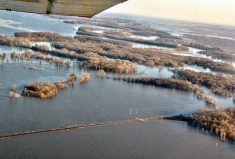The stereotype of rural life might be filled with sleepy little towns and farm yards where no one has to lock their doors, but across the Prairies, farmers have noted a much different trend.
The rise of rural crime has been a sticking point on farm group agendas for years, spurred by first-hand tales of property crime from members, RCMP and media reports, complaints of long police response times and a perceived lack of resources for rural police.
WHY IT MATTERS: Farmers continue to raise alarm about gaps in rural policing, while RCMP say they’re doing what they can for crime reduction with specialized teams.
Read Also
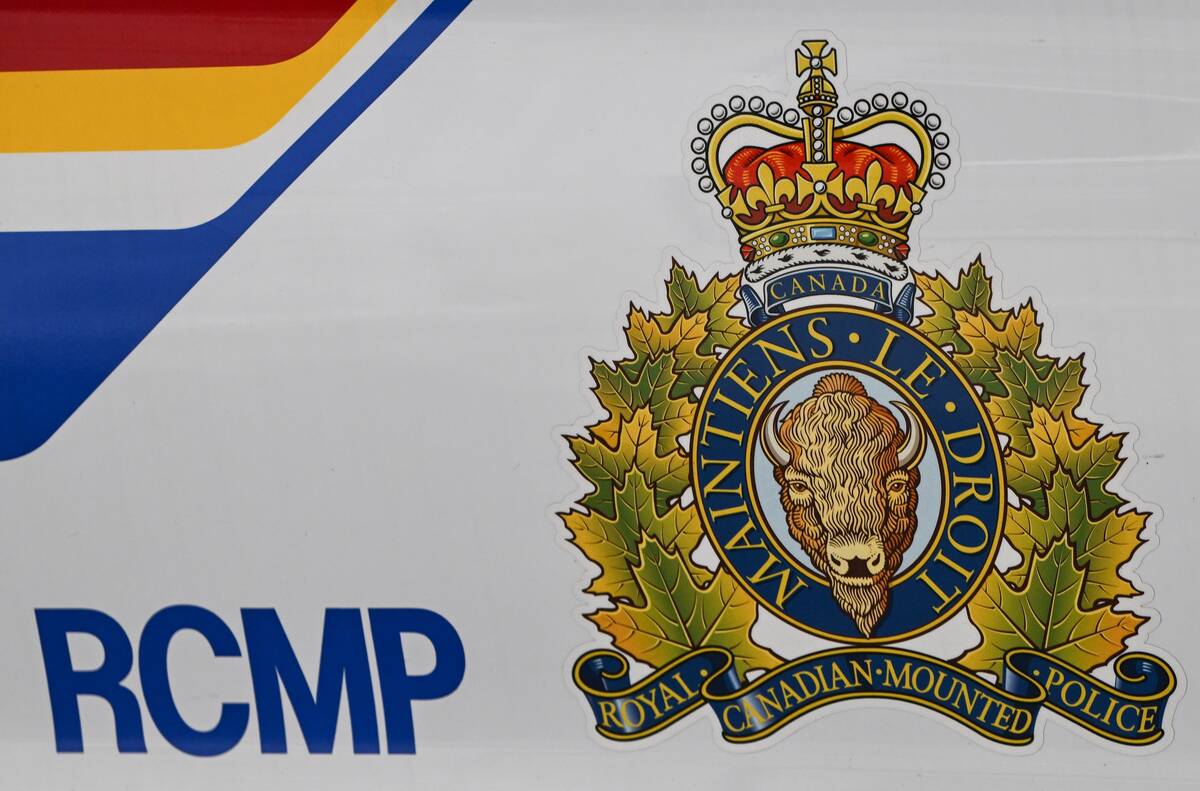
Man shot in hunting incident
Three teens face charges after a 66-year-old man was shot in the arm outside of his home in the RM of Victoria
Last year, a report from Statistics Canada found 34 per cent more reported criminal incidents by population rate, with the Prairie provinces having the largest gaps between demographic areas, and the trend had been building for the last decade.
That’s not all agricultural. The same report had combined statistics for both rural northern regions and the more agricultural south in their numbers (northern rural crime being three times higher than in southern regions), but farmers have still gathered plenty of stories of how criminal damage, tresspassing or theft has interrupted their business.
“I think what is hitting home today, is safety on the farm. I think, you know, living in rural Manitoba or rural Canada, there’s a certain amount of vulnerability that you have,” said Jill Verwey, president of Keystone Agricultural Producers.
KAP is among the organizations to hear repeated reports of incidents and member concerns over over action, advocacy and availability of resources for rural communities. Rural policing is an active file for the farm group’s lobby efforts.
Perceptions versus reality
Social media may be playing a role in amplifying those feeling of vulnerability. The digital spread of news creates greater awareness when something happens, such as well publicized thefts in central Manitoba in April of this year — coverage that included alarming video of armed and masked thieves — or the far-spread story of a fraudulent bison hunt near Binscarth the previous fall.
Hard numbers suggest that Saskatchewan has, in fact seen continued crime increases. Manitoba, though, has steadied, and Alberta RCMP reported significant drops. Alberta RCMP Corporal Troy Savinkoff noted that their stats show 26 per cent fewer break and enters this year than the same time last year, while vehicle theft has dropped 21 per cent.

According to Manitoba RCMP numbers, quoted in a Grainews article last year, farm-related thefts had 116 incidents in 2022 and were down to 96 in 2023, although an RCMP analyst noted the difficulty in isolating “farm” thefts, making it difficult to definitively speak on the trends.
“In Alberta, we’ve been really pushing, and every year we become much more dedicated to, what we call crime reduction,” said Savinkoff.
“And what crime reduction is, is it’s a changing philosophy in policing … It’s statistical. We always say 95 per cent of our crime is committed by 5 per cent of the population. So, what that means is, you’re focusing all your proactive policing efforts directly on that five per cent.”
Crime reduction across the Prairies
Alberta’s crime reduction focus uses analysts to comb crime trends, particularly if there’s been a string of crime in an area, and then turns to proactive and collective patrols by Crime Reduction or Community Response Teams (CRTs). The teams are meant to evaluate the situation and identify the root causes of recent crimes, which Savinkoff says is much more effective than predicting location of the next crime.
These teams are based at varying provincial detachments. Those are typically the larger detachments, but Alberta RCMP argue they’re divided so that each district in the province has a team in the region.
Teams use statistics and knowledge of previous offenders to target their efforts, and CRTs may do surveillance or a check in on the individuals if release conditions enable it. Teams have been very successful at identifying offenders, often discovering stolen vehicles and other property when investigating, enabling quicker action, the RCMP says.
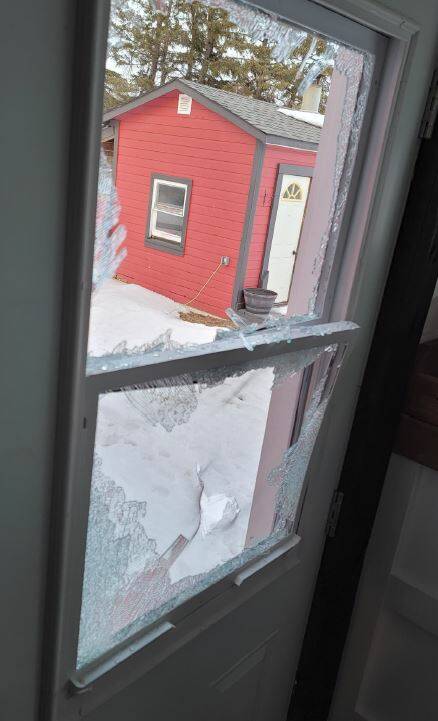
Manitoba runs similar teams, called CREST (Crime Reduction Enforcement Support Teams). These, like in Alberta, are established in each of the province’s three districts.
“CREST will kind of take over if it’s like a home invasion, something violent, but it has happened in four different areas, that group will look after it,” said Sgt. Paul Manaigre with Manitoba RCMP. “It’s kind of the bigger things, while the smaller stuff we’ll leave to the detachments.”
The province will soon also have MILET (Manitoba Integrated Law Enforcement Team), similar to CREST, but with a slightly wider scope. That initiative will handle all types of larger crime, including interprovincial or provincial-wide enforcement, but excluding homicides. This team will cover the situation if the CREST team is working on another incident.
Saskatchewan, meanwhile, has the Critical Incident Response Program. This provides emergency response, canine services, along with support services like analysts and the warrant enforcement and suppression team.
“We’re able to draw on these resources right from across the province at any given time,” said Saskatchewan RCMP district superintendent Kirk Badger. “So for every police officer that you see in the streets, it’s safe to say that there’s a half a dozen support members that are working behind him or her to keep everyone safe.”
Say a high-risk offender is identified in an area and it’s determined they’re on warrant status, Badger said. The warrant enforcement and suppression team is called to that community to support the detachment in taking them into custody.
Calls for action
KAP believes there needs to be increased law enforcement numbers and availability to respond in Manitoba, but also says it must be paired with legislative reform to provide appropriate actions of discipline to perpetrators, accountability and means to reduce recidivism.
“The frustrating things that we hear from our community is — that I hear almost daily right now, particularly in the city of Portage (la Prairie) — is that it’s just a revolving door,” Verwey said. “There doesn’t seem to be any accountability for the crime. These repeat offenders, you know, they know that the punishment is not there.”
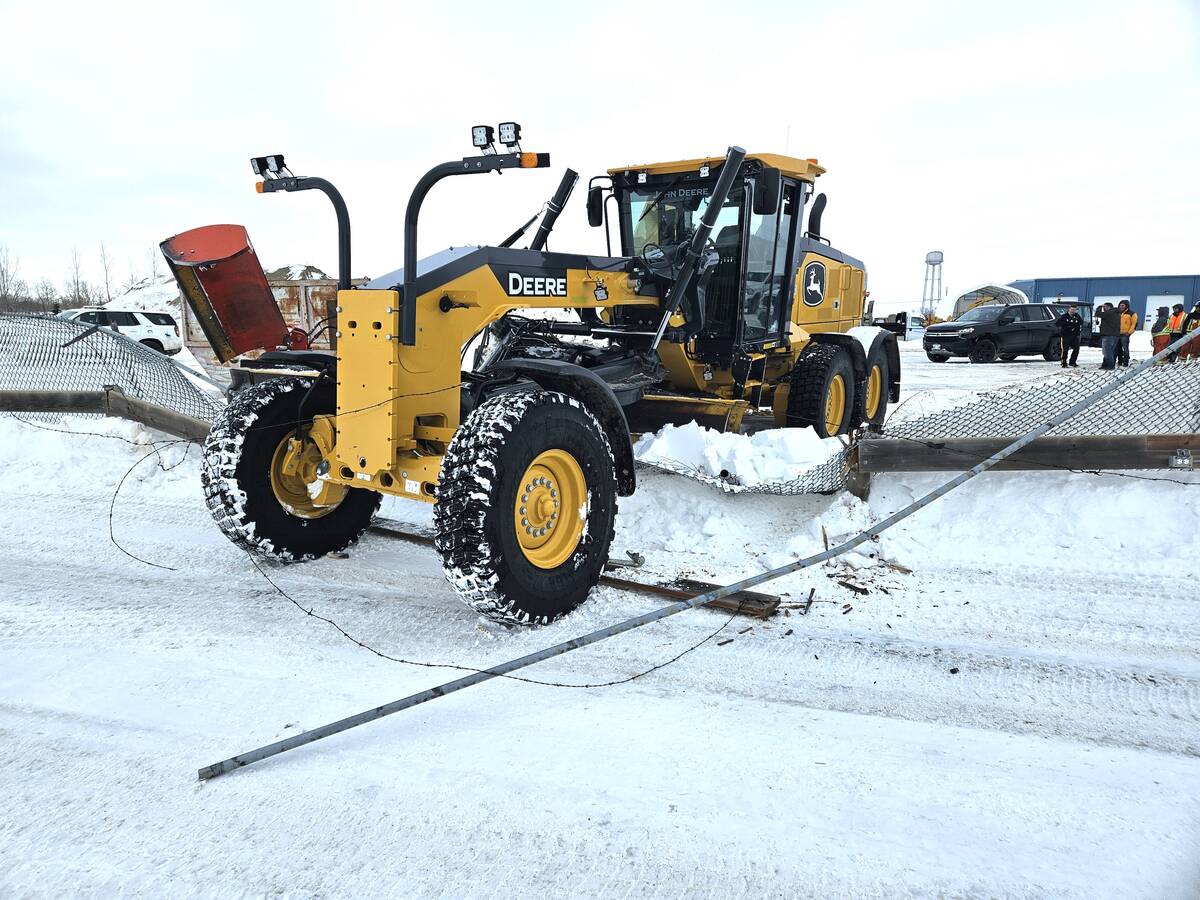
According to Statistics Canada, Manitoba and Saskatchewan have the highest break and enter rates in the country, which is often connected to theft. Badger shared that in 2024, Saskatchwan RCMP received nearly 32,000 calls for property crime offenses.
KAP has hosted information sessions and meetings where main discussion points were on rural crime. RCMP and legal representation have been brought in to answer questions regarding property owner rights, criminal activity, and loss or destruction of personal assets.
The Manitoba farm group and Saskatchewan Rural Crime Watch Association (SRCWA) both say they fear more people may take extreme steps to protect themselves.
Tim Boldt, SRWCA president, has heard many people say, “what am I supposed to do?”
“A farmer leaves his truck out the field or a piece of equipment, and all of a sudden they (offenders) get all the fuel out of it,” said Boldt. “Or they (farmers) have a pickup truck sitting there for tools or something and it’s stolen.”
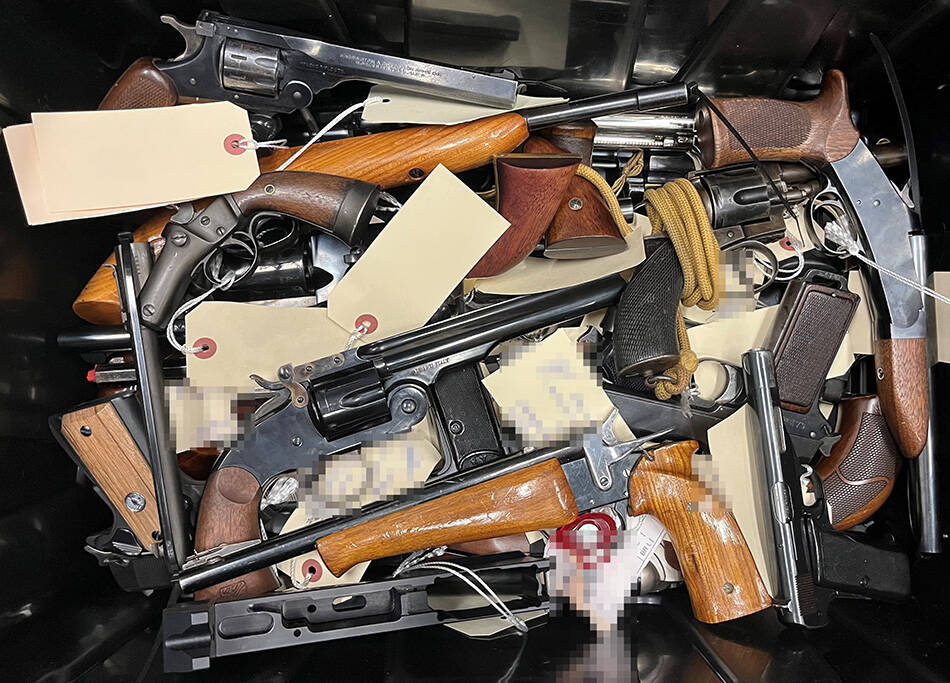
There’s a lack of faith in RCMP response times and action, he noted, and cases of armed theft mixed in with the property crimes of trespassing and breaking and entering threaten to raise the ante of those situations dangerously.
It’s a dynamic that KAP is also watching warily.
“(Perpetrators), they’re being very deliberate,” Verwey said. “Like, when you hear of robberies on a farm, they’re not just coming in to steal, they’re coming armed … Why are they armed to begin with? You know, what is the draw?”
Both groups says better connection and communication is necessary between local RCMP and local producers. A better relationship is key, they noted, and rural residents must be able to trust that their calls will be taken seriously.
RCMP response times
Savinkoff says all calls are taken seriously, categorized with priority and responded to accordingly. There are four priority levels, with the first two warranting quick response. Priority 1 means an immediate response is needed due to high risk of public harm. Priority 2 means a situation is likely to quickly escalate, and an urgent response is needed.
“(In Alberta) our average response time to a Priority 1 call is 18.8 minutes, and Priority 2 is 21.8 minutes,” he said, adding that included the time needed for the call to filter down through the operational communications centre.
According to Savinkoff, approximately 95 per cent of response times are under 45 minutes.
That’s a long time in a crisis, he admitted. The geographic realities of rural areas, however, make that transit time a hard challenge to overcome, particularly in very remote areas.

A lot of things go into response times, Savinkoff said, such as effective use of resources based on call volume and caseload per officer. It’s not necessarily about population, he noted. Some largely populated areas could have very low call rates.
“So, we start talking some pretty large numbers, and a lot of communities just don’t have the call volume or … the population to pay for those kinds of resources,” Savinkoff said. “So, you end up pumping some of those resources closer to major centers. And unfortunately, there are some far, far reaches.”
Manitoba RCMP does not share call response time statistics, due to the largely rural policing in the province. Response times are tracked and filed, but Manaigre says the statistics don’t tell the whole picture.
It depends on officer availability, patrol location and the time of the call. In terms of detachment distance, it takes approximately half an hour to get from a detachment to one of the communities patrolled by it.
“I hate to kind of look at it like a number, because at the same time, we have computers in our cars,” he said. “A lot of times, you work from your car on a shift, it could be your is detachment in ‘this’ town, but you’re never there because you’re always on the highway, or you’re in areas where you think might be a bigger concern.”
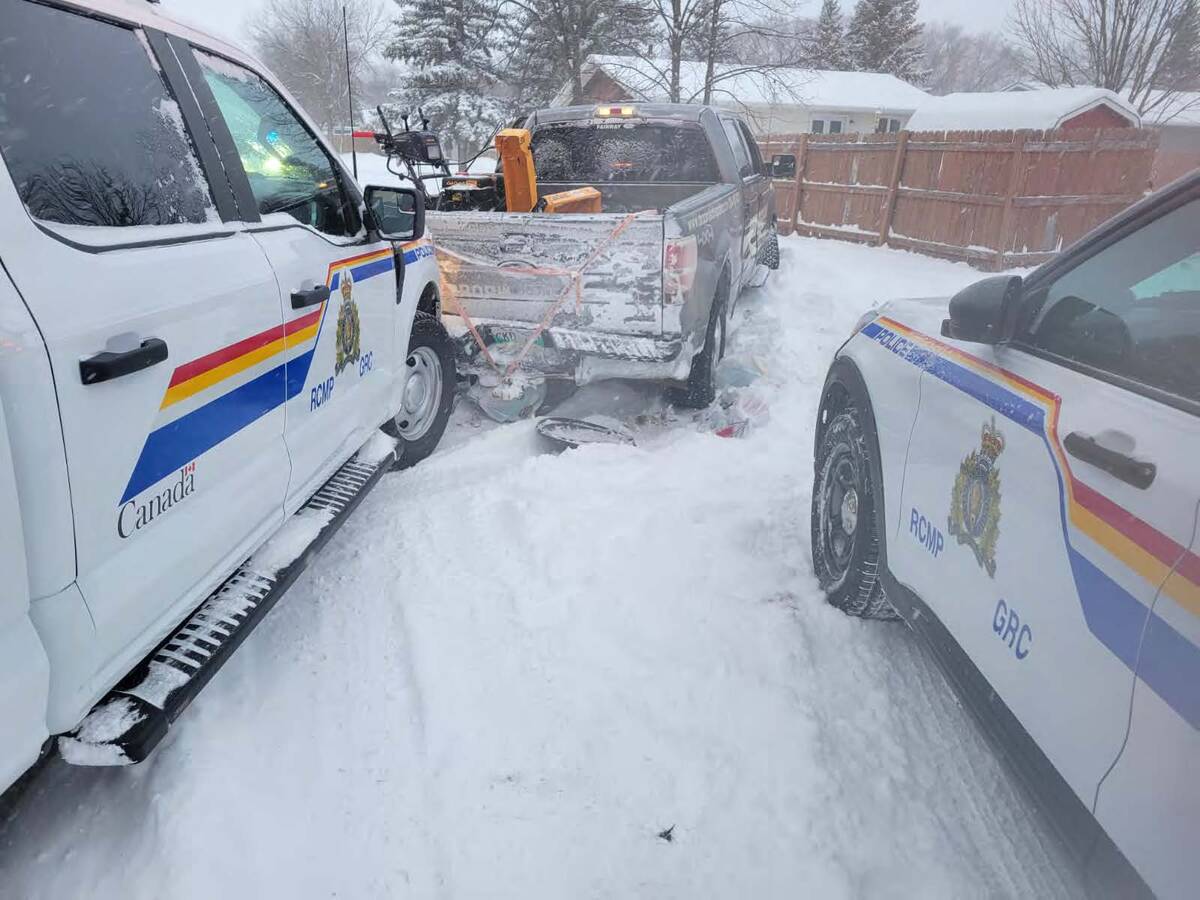
Saskatchewan RCMP also doesn’t share response times, as accuracy and estimated time is difficult to evaluate due to variables like geography, weather, road conditions and call priority. But no matter how trivial a citizen may view their call, Badger urges them to make the report, as it can help in identifying trends and areas of concern.
The emergency response teams and programs are meant to address these gaps and the far reaches, the RCMP says.








